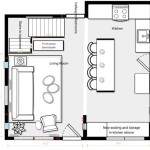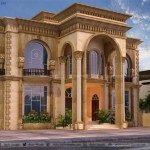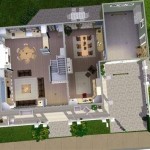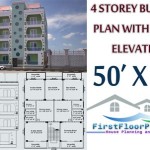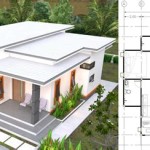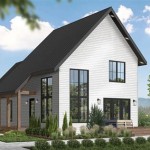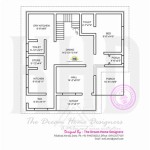Earth House Plans: Designing Sustainable and Eco-Friendly Homes
In an era of increasing environmental awareness, sustainable building practices have gained significant prominence. Earth house plans offer a unique and eco-friendly solution for those seeking a harmonious balance between architecture and nature.
Benefits of Earth House Plans
Earth houses offer numerous benefits, including:
- Environmental Sustainability: Earth houses utilize natural and renewable materials, minimizing environmental impact.
- Energy Efficiency: The thermal mass of earth walls helps regulate indoor temperatures, reducing energy consumption for heating and cooling.
- Health and Well-being: Earth materials provide a natural and healthy living environment, reducing allergies and respiratory issues.
- Durability and Longevity: Earth houses are highly durable and can withstand extreme weather conditions, ensuring longevity.
- Aesthetics: Earth houses blend seamlessly into natural surroundings, offering a unique and earthy aesthetic.
Essential Considerations for Earth House Plans
When designing earth house plans, several essential considerations must be taken into account:
- Soil Conditions: The type and stability of soil on the building site impact the structural integrity of the earth walls.
- Moisture Control: Proper drainage and waterproofing measures are crucial to prevent moisture penetration into the earth walls.
- Passive Solar Design: Earth houses should be oriented and designed to maximize solar gain for passive heating and cooling.
- Structural Support: Earth walls may require additional structural support, such as posts, beams, or rammed earth foundations.
- Ventilation: Efficient ventilation is essential to maintain a healthy indoor air quality and prevent condensation.
Types of Earth House Plans
There are various types of earth house plans to suit different design preferences and building conditions:
- Rammed Earth: Earth is compacted into solid walls using a rammer or hydraulic press.
- Cob: A mixture of clay, sand, and straw is shaped by hand and molded into walls.
- Earthbag: Soil is packed into woven polypropylene bags and stacked to form walls.
- Straw Bale: Walls are constructed using compressed straw bales, often with clay or lime plaster for durability.
- Adobe: Sun-dried bricks made from a mixture of clay, sand, and straw create thick and robust walls.
Conclusion
Earth house plans provide a unique and sustainable approach to home design. By embracing natural materials and incorporating eco-friendly principles, these homes offer a comfortable, healthy, and environmentally responsible living experience. With careful consideration of essential aspects such as soil conditions, moisture control, and structural support, earth house plans can create beautiful and energy-efficient homes that blend harmoniously with nature.

House Plan 10416 Earth Sheltered Style With 3427 Sq Ft 3 Bed

26 Luxury Hiline Home Plans Underground Homes House Earth Sheltered

Rammed Earth House Plans Home Plan 1342

Earth Bermed Natural House Plan

Earth Sheltered Plans And Bermed Homes

Earth Sheltered Passive Home Plan Homes How To

House Plan 97254 Ranch Style With 1559 Sq Ft 3 Bed 2 Bath

Earth Berm Home Plan With Style 57130ha Architectural Designs House Plans

Icf House Plans For A Green Earth Sheltered 4 Bedroom Home

Earth Sheltered House Plans Natural Building Blog

